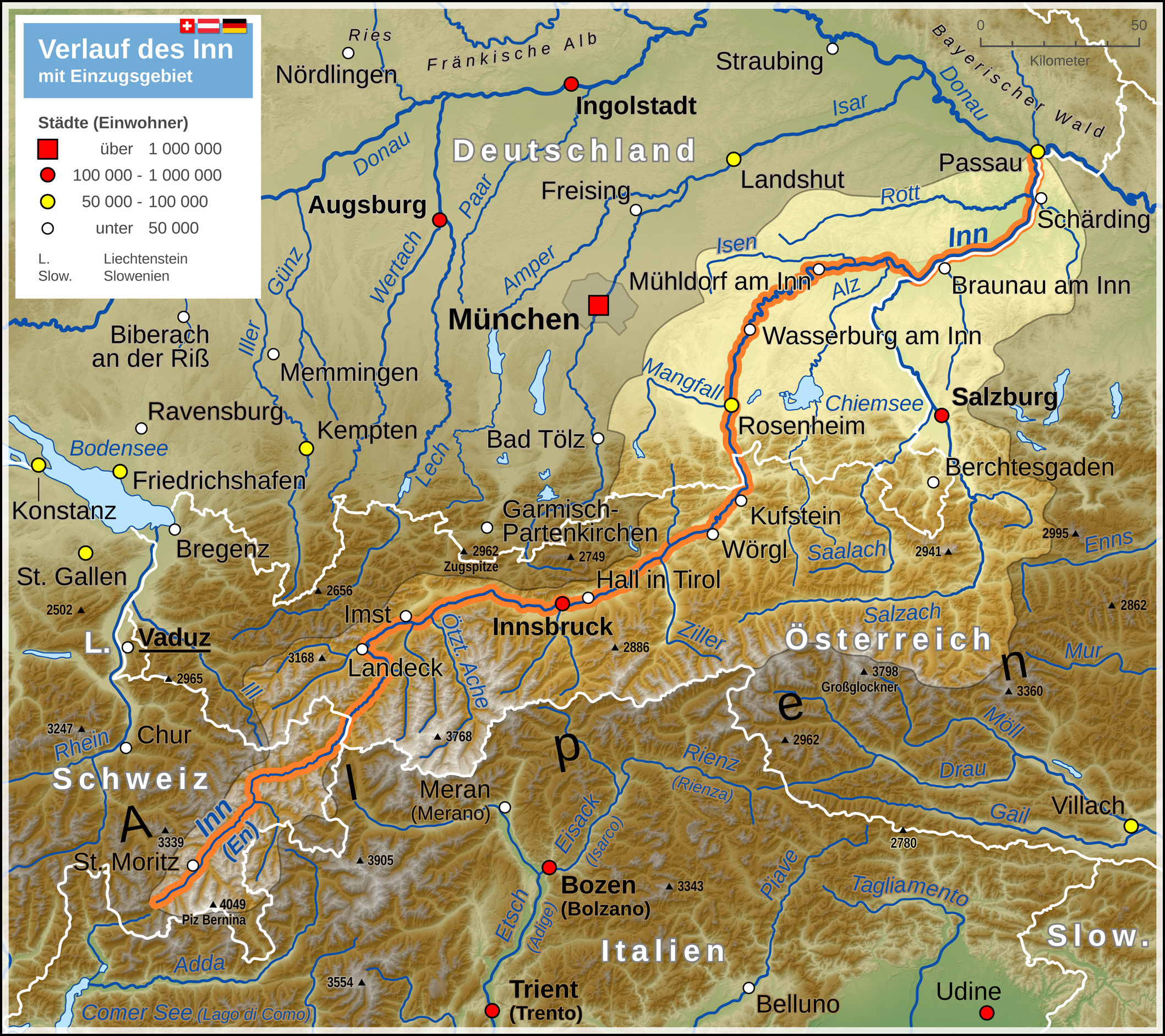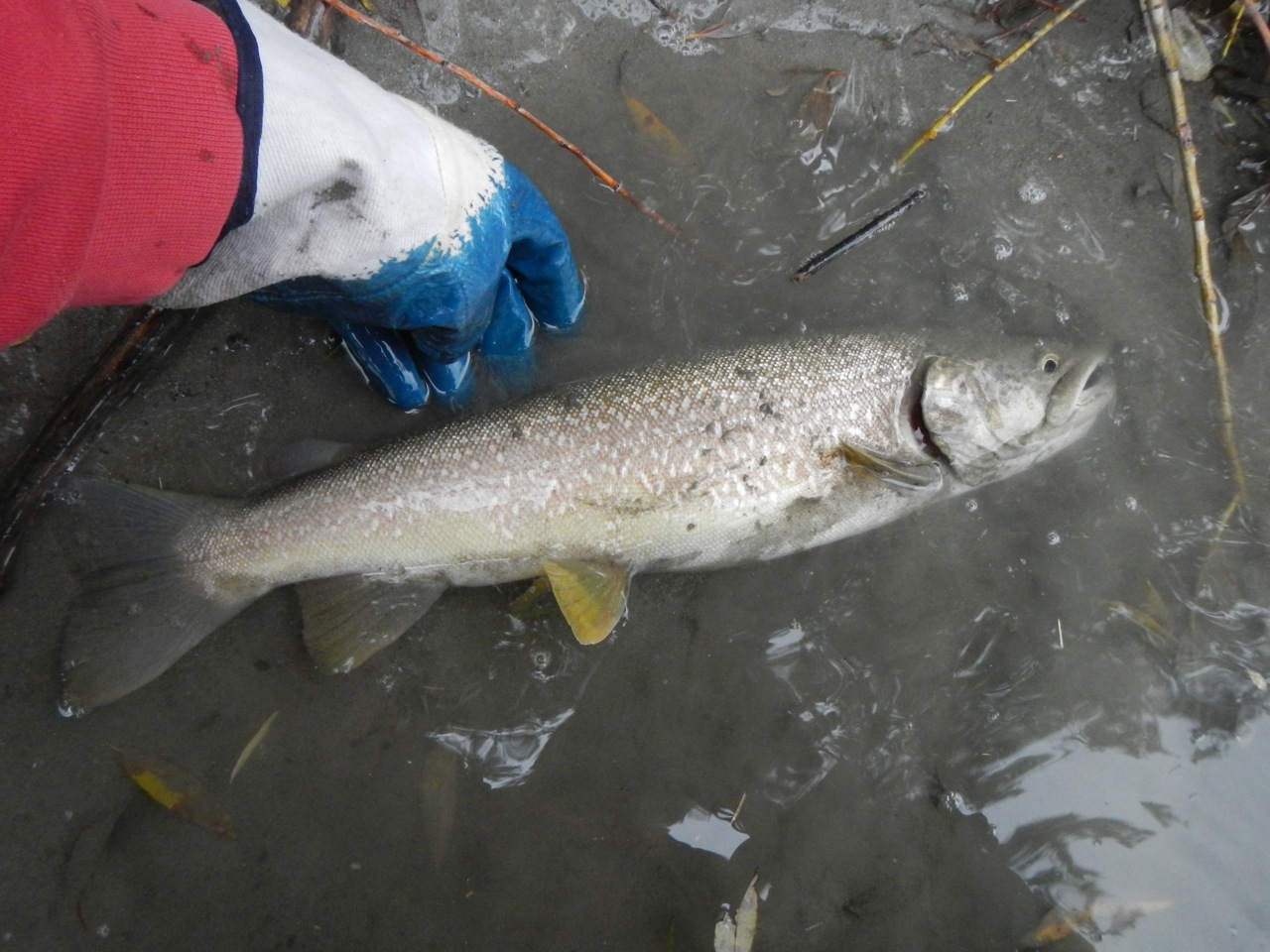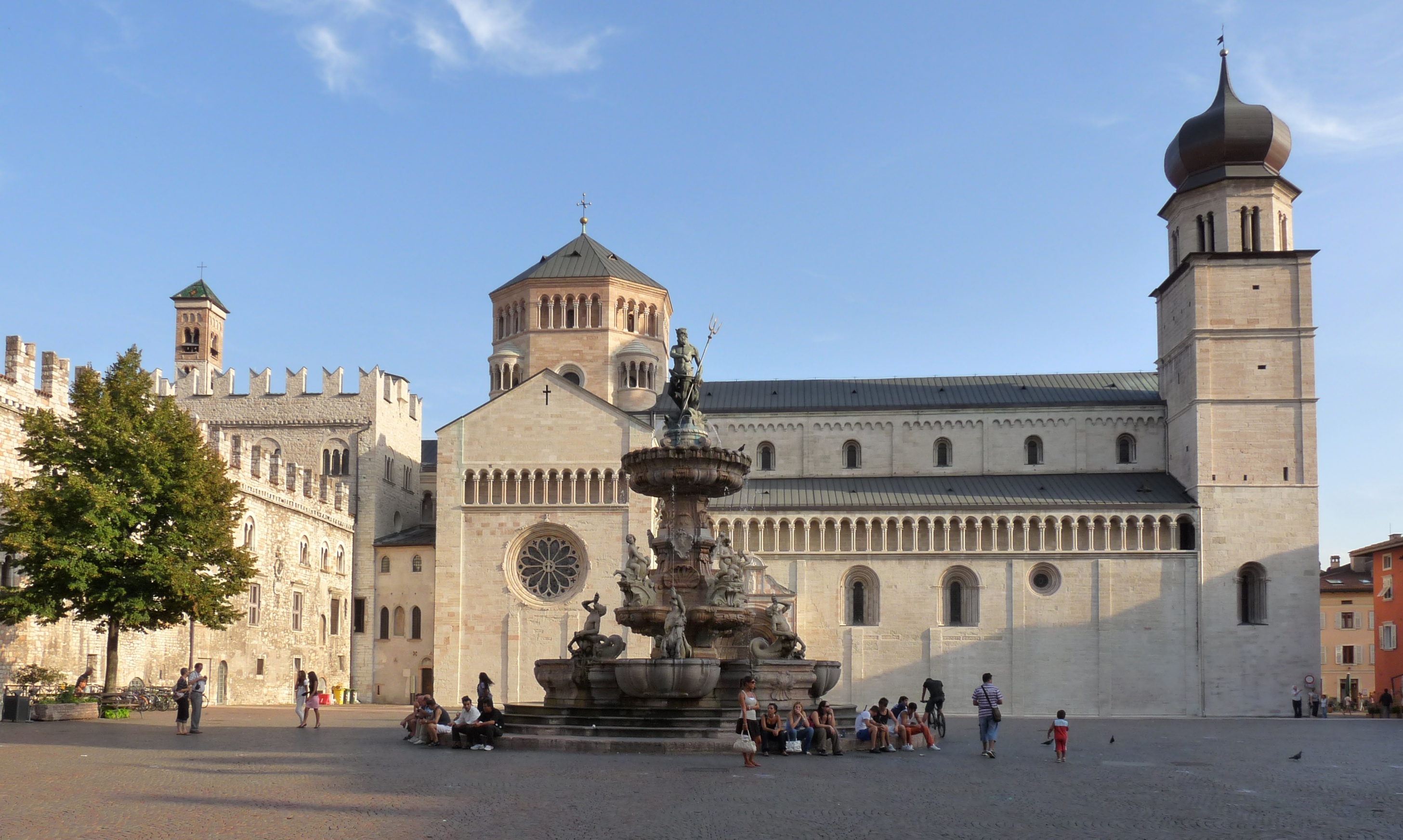|
Meinhard, Duke Of Carinthia
Meinhard II (c. 1238 – 1 November 1295), a member of the House of Gorizia (''Meinhardiner''), ruled the County of Gorizia (as Meinhard IV) and the County of Tyrol together with his younger brother Albert from 1258. In 1271 they divided their heritage and Meinhard became sole ruler of Tyrol. In 1286 he was enfeoffed with the Duchy of Carinthia and the adjacent March of Carniola. Life Meinhard II was the son of Count Meinhard III of Gorizia and his wife Adelheid (died 1275–79), daughter and heiress of Count Albert IV of Tyrol. His father had acquired the County of Tyrol (as Meinhard I) upon the death of his father-in-law in 1253 and already had attempted to gain control over neighbouring Carinthian lands against the forces of Duke Bernhard von Spanheim. However, he was defeated near Greifenburg and had to leave his minor sons Meinhard II and Albert held in hostage by Duke Bernhard's son, Archbishop-elect Philip of Salzburg. After their father's death in 1258, Meinhard I ... [...More Info...] [...Related Items...] OR: [Wikipedia] [Google] [Baidu] |
Meinhard II, Count Of Gorizia
Meinhard II, nicknamed ''the Elder'' ( – 1231), a member of the House of Gorizia (''Meinhardiner''), was ruling Count of Gorizia from 1220 until his death. He also held the title of ''Vogt'' (Reeve) of the Patriarchate of Aquileia. Life He was the younger son of Count Engelbert II of Gorizia (d. 1191) and his wife Adelaide, a daughter of the Bavarian count Otto I of Scheyern-Dachau-Valley, a progenitor of the ducal House of Wittelsbach. Meinhard is known to have taken part in the German Crusade of 1197 launched by the Hohenstaufen emperor Henry VI. He laid witness to the death of his friend, the Babenberg duke Frederick I of Austria with Bishop Wolfger of Passau, Count Eberhard of Dörnberg, Count Ulrich III of Eppan and Frederick's closest attendant on 16 April 1198 at Acre.Juritsch 1894, pp. 355 In 1220, Meinhard II succeeded his elder brother Engelbert III as Count of Gorizia. He died in 1231 and was succeeded by his nephew Meinhard III, who in 1253 also inherited th ... [...More Info...] [...Related Items...] OR: [Wikipedia] [Google] [Baidu] |
Archbishopric Of Salzburg
The Prince-Archbishopric of Salzburg (german: Fürsterzbistum Salzburg; Erzstift Salzburg; Erzbistum Salzburg) was an ecclesiastical principality and state of the Holy Roman Empire. It comprised the secular territory ruled by the archbishops of Salzburg, as distinguished from the much larger Catholic diocese founded in 739 by Saint Boniface in the German stem duchy of Bavaria. The capital of the archbishopric was Salzburg, the former Roman city of '. From the late 13th century onwards, the archbishops gradually reached the status of Imperial immediacy and independence from the Bavarian dukes. Salzburg remained an ecclesiastical principality until its secularisation to the short-lived Electorate of Salzburg (later Duchy of Salzburg) in 1803. Members of the Bavarian Circle from 1500, the prince-archbishops bore the title of ', though they never obtained electoral dignity; actually of the six German prince-archbishoprics (with Mainz, Cologne and Trier), Magdeburg, Bremen and Salzb ... [...More Info...] [...Related Items...] OR: [Wikipedia] [Google] [Baidu] |
Hall In Tirol
Hall in Tyrol is a town in the Innsbruck-Land district of Tyrol, Austria. Located at an altitude of 574 m, about 5 km (3 mi) east of the state's capital Innsbruck in the Inn valley, it has a population of about 13,000 (Jan 2013). History Hall in the County of Tyrol was first mentioned as a ''salina'' (saltern) near Thaur castle in a 1232 deed. The current name dates back to 1256, and similarly to Halle, Hallein, Schwäbisch Hall or Hallstatt is derived from the Celtic word for salt. Since the 13th century, the salt mine at Absam in the Hall Valley north of the town formed the main industry of the town and its surroundings. The first adit was laid out in 1272 at the behest of Count Meinhard II of Tyrol, with the brine channeled by a 10 km (6 mi) long pipeline to the evaporation pond at Hall. The importance of the salt industry, which exported goods as far as Switzerland, the Black Forest, and the Rhine valley, is reflected in Hall's coat of arms, which shows tw ... [...More Info...] [...Related Items...] OR: [Wikipedia] [Google] [Baidu] |
Salt Mining
Salt mining extracts natural salt deposits from underground. The mined salt is usually in the form of halite (commonly known as rock salt), and extracted from evaporite formations. History Before the advent of the modern internal combustion engine and earth-moving equipment, mining salt was one of the most expensive and dangerous of operations because of rapid dehydration caused by constant contact with the salt (both in the mine passages and scattered in the air as salt dust) and of other problems caused by accidental excessive sodium intake. Salt is now plentiful, but until the Industrial Revolution, it was difficult to come by, and salt was often mined by slaves or prisoners. Life expectancy for the miners was low. Ancient China was among the earliest civilizations in the world with cultivation and trade in mined salt. They first discovered natural gas when they excavated rock salt. The Chinese writer, poet, and politician Zhang Hua of the Jin dynasty wrote in his book ... [...More Info...] [...Related Items...] OR: [Wikipedia] [Google] [Baidu] |
Inn (river)
, image = UnterinntalWest.JPG , image_caption = Lower Inn valley from Rattenberg castle , source1_location = Swiss Alps (Lägh dal Lunghin) , source1_elevation = , source1_coordinates= , mouth_location = Danube (Passau) , mouth_elevation = , mouth_coordinates = , progression = , subdivision_type1 = Countries , subdivision_name1 = , subdivision_type2 = Cities , subdivision_name2 = , length = , discharge1_location= mouth , discharge1_avg = , basin_size = The Inn ( la, Aenus; rm, En) is a river in Switzerland, Austria and Germany. The river is long. It is a right tributary of the Danube and it is the third largest tributary of the Danube by discharge. The highest point of its drainage basin is the summit of Piz Bernina at . The Engadine, the valley of the En, is the only Swiss valley whose waters end up in the Black Sea (via the Danube). Etymology The name Inn is derived from the old Celtic words ''en'' and ''enios'', ... [...More Info...] [...Related Items...] OR: [Wikipedia] [Google] [Baidu] |
Salorno
Salorno sulla Strada del Vino (; german: Salurn ) is the southernmost ''comune'' (municipality) in South Tyrol in northern Italy, located about southwest of the city of Bolzano. It is one of only five mainly Italian-speaking municipalities in South Tyrol. Geography The village centre is located on a scree in the Adige (''Etsch'') valley, about northeast of the city of Trento and about southwest of Bolzano. Parts of the municipal area belong to the Trudner Horn Nature Park nature reserve, which is part of the Natura 2000 network. Salorno station is a stop on the Brenner Railway line from Innsbruck to Verona. In the northwest Salorno borders the South Tyrolean municipalities of Kurtinig, Margreid, Montan, and Neumarkt. In the east and south it borders the Trentino municipalities of Altavalle, Capriana, Cembra Lisignago, Giovo, Grauno, Grumes, Mezzocorona, Roverè della Luna and Valda. The ''Chiusa di Salorno'' (''Salurner Klause''), a narrow section of the Adige Valley ... [...More Info...] [...Related Items...] OR: [Wikipedia] [Google] [Baidu] |
Adige
The Adige (; german: Etsch ; vec, Àdexe ; rm, Adisch ; lld, Adesc; la, Athesis; grc, Ἄθεσις, Áthesis, or , ''Átagis'') is the second-longest river in Italy, after the Po. It rises near the Reschen Pass in the Vinschgau in the province of South Tyrol, near the Italian border with Austria and Switzerland, and flows through most of northeastern Italy to the Adriatic Sea. The river's name is Celtic in origin, from the Proto-Celtic cel-x-proto, *yt-ese, label=none, "the water", cognate with the River Tees in England (anciently ''Athesis'', ''Teesa''). Description The river source is near the Reschen Pass () close to the borders with Austria and Switzerland above the Inn valley. It flows through the artificial alpine Lake Reschen. The lake is known for the church tower that marks the site of the former village of Alt Graun ("Old Graun"); it was evacuated and flooded in 1953 after the dam was finished. Near Glurns, the Rom river joins from the Swiss Val Müstair. ... [...More Info...] [...Related Items...] OR: [Wikipedia] [Google] [Baidu] |
Bishopric Of Brixen
The Prince-Bishopric of Brixen (german: Hochstift Brixen, Fürstbistum Brixen, Bistum Brixen) was an ecclesiastical principality of the Holy Roman Empire in the present-day northern Italian province of South Tyrol. It should not be confused with the larger Catholic diocese, over which the prince-bishops exercised only the ecclesiastical authority of an ordinary bishop. The bishopric in the Eisack/Isarco valley was established in the 6th century and gradually received more secular powers. It gained imperial immediacy in 1027 and remained an Imperial Estate until 1803, when it was secularised to Tyrol. The diocese, however, existed until 1964, and is now part of the Diocese of Bolzano-Brixen. History The Diocese of Brixen is the continuation of that of Säben Abbey near Klausen, which, according to legend, was founded about 350 as ''Sabiona'' by Saint Cassian of Imola. As early as the 3rd century, Christianity had penetrated Sabiona, at that time a Roman custom station of con ... [...More Info...] [...Related Items...] OR: [Wikipedia] [Google] [Baidu] |
Prince-Bishopric Of Trent
The Prince-Bishopric of Trent ( la, Episcopatus ac Principatus Tridentinus; german: Hochstift Trient, Fürstbistum Trient, Bistum Trient) was an ecclesiastical principality roughly corresponding to the present-day Northern Italian autonomous province of Trentino. It was created in 1027 and existed until 1802, when it was secularised and absorbed into the County of Tyrol held by the House of Habsburg. Trent was a ''Hochstift'', an Imperial State under the authority of a prince-bishop at Trento. History Middle Ages A first Bishop of Trent is recorded as a participant of the synod at Aquileia in 381. The area was part of the Lombard Kingdom and the Kingdom of Italy, until the 951 campaign of German king Otto I against King Berengar II of Italy. In 952 Berengar had to cede the March of Verona to Otto, who enfeoffed his younger brother Duke Henry I of Bavaria. From 1004 Emperor Henry II the Saint and his successor Conrad II separated several smaller territories in the northea ... [...More Info...] [...Related Items...] OR: [Wikipedia] [Google] [Baidu] |
Stams
Stams is a municipality in Imst District, in the Austrian state of Tyrol. It is chiefly known for Cistercian Stams Abbey (''Stift Stams''), founded in 1273 by Count Meinhard II of Gorizia-Tyrol and his wife.Chizzali. ''Tyrol: Impressions of Tyrol.'' (Innsbruck: Alpina Printers and Publishers), p. 64 Geography Stams is located on the southern shore of the Inn River about east of Imst, west of Telfs and west of the state capital Innsbruck. The village contains Stams has 1300 inhabitants who are living in different parts of the village – called Thannrain, Windfang, Staudach, Haslach, Maehmoos und Hauland. History Archaeological findings indicate a church already existed at the site about 700 AD. The locality of ''Stammes'' in the Duchy of Bavaria was first mentioned in a 1063 deed, it became a possession of the Counts of Tyrol. The Meinhardiner count Meinhard II of Gorizia, sole ruler of Tyrol from 1271, established a proprietary monastery together with his wife Elisabeth of B ... [...More Info...] [...Related Items...] OR: [Wikipedia] [Google] [Baidu] |





